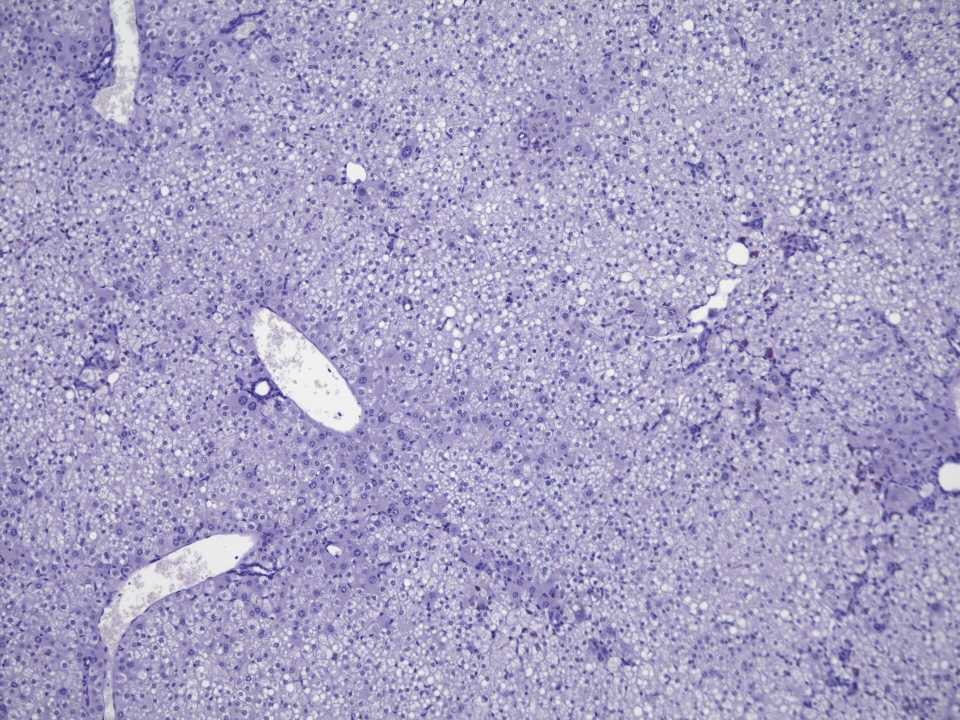
The Mona Lisa, painted by the Italian artist Leonardo da Vinci, is one of the most recognizable paintings in the world. But many people would be surprised to learn that this painting offers the first evidence of a disease called familial hypercholesterolemia (FH). Close examination of her hands reveals the presence of xanthomas, a condition where fat builds up under the skin.
FH is a genetic disorder that increases a person’s risk of developing cardiovascular disease, due to increased levels of bad cholesterol in the blood. Normally, the low-density lipoprotein receptor (LDLR) binds to circulating cholesterol and brings it into liver cells where it is broken down. However, in FH the LDLR is mutated, so the liver can’t clear cholesterol as well, leading to high cholesterol. According to the American Heart Association, about 1 in 200 adults carry the FH mutation.
Patients with high cholesterol are often prescribed statins. Statins work to lower cholesterol by increasing levels of the LDLR; however, the effectiveness of statins varies greatly across the population, and patients with homozygous mutations in FH are resistant to statin treatment because their LDLR gene is mutated.
Researchers at the Medical University of South Carolina (MUSC) are working to discover new therapeutics. In work published online on April 24 in Communications Biology, they report the development of a novel system to screen for new therapeutic compounds that reduce the secretion of apolipoprotein B (apoB), the main protein component of the LDL particle, from liver cells. By screening the South Carolina Compound Collection (SC3), a collection of approximately 130,000 compounds, the researchers found a class of molecules that lowered the secretion of apoB and reduced cholesterol levels. These molecules have the potential to offer a new treatment regimen for patients with FH.
“Our approach is the original way of doing pharmacology—trying to find drugs that can fix the disease without knowing how it fixes it,” explained Stephen Duncan, D.Phil., professor and SmartState Endowed Chair in the Department of Regenerative Medicine and Cell Biology at MUSC. “You model the disease, and then you can screen drugs to find out which ones work. Then you can work out retrospectively how the drug functions.”
“The nice thing about that is you are starting off by knowing the drug can actually fix the problem you hope to fix,” added Duncan.
To identify potential new therapeutics, Duncan and his research team—led by Ray (Jui-Tung) Liu, Ph.D., a postdoctoral scholar, and Caren Doueiry, a graduate student, lead authors for this study—created human liver-like cells from induced pluripotent stem cells (iPSCs). iPSCs are artificial stem cells derived from skin cells or blood cells. This technique allowed the team to produce large numbers of cells to screen a large library of chemical compounds. Using this model system, the team found a unique class of compounds that showed promise in treating FH.
“We found that apoB levels go way down when we give the cells the drug,” said Duncan. “Cholesterol levels go down. Triglyceride levels go down.”
The team then tried testing these compounds in a preclinical mouse model. Surprisingly, however, these compounds were ineffective in the mouse. Further examination of mouse liver cells showed that the mouse cells were resistant to these compounds, highlighting a key difference between a human cell model and a mouse model.
To overcome this hurdle, the Duncan Lab, in partnership with Yecuris, used Avatar mice—mice that have been engineered to grow a liver from human cells, rather than mouse cells.
“We used a humanized mouse model—a mouse with ‘your’ liver in it,” explained Duncan.
This humanized mouse model is a powerful tool; the presence of the human-derived liver recapitulates the lipid profile seen in patients, and therefore represents a model to test new therapeutics in a complex system. The compounds identified in the iPSC screen were also effective in this complex animal model.
In summary, the Duncan Lab created a powerful system to model complex diseases and test for new therapeutic compounds. The team identified a novel class of compounds that effectively lowered cholesterol, triglycerides and apoB. Importantly, these drugs work independently of the LDLR pathway, which is targeted by traditional therapies, and offer a novel therapy for patients with FH.
“Showing that you can use these human stem cells as a system to model disease, complete a drug discovery process and find a drug that could potentially be used to treat a patient—that is the epitome of personalized medicine,” said Duncan. “This shows there is a very feasible way to do drug discovery using a human system.”
While this work is promising, there is still work to do.
“Finding what the drug target is and showing the mechanism of action is an absolute a priority,” he added.
Learning how the drug works is a critical next step and could identify other important proteins that could be targeted with other drugs. Another key question is how these compounds interact with conventional therapy, such as statins. Combining these drugs could have a powerful effect on lowering cholesterol by lowering both the cholesterol being made and the cholesterol circulating in the body.
More information:
Jui-Tung Liu et al, A human iPSC-derived hepatocyte screen identifies compounds that inhibit production of Apolipoprotein B, Communications Biology (2023). DOI: 10.1038/s42003-023-04739-9
Journal information:
Communications Biology
Source: Read Full Article
